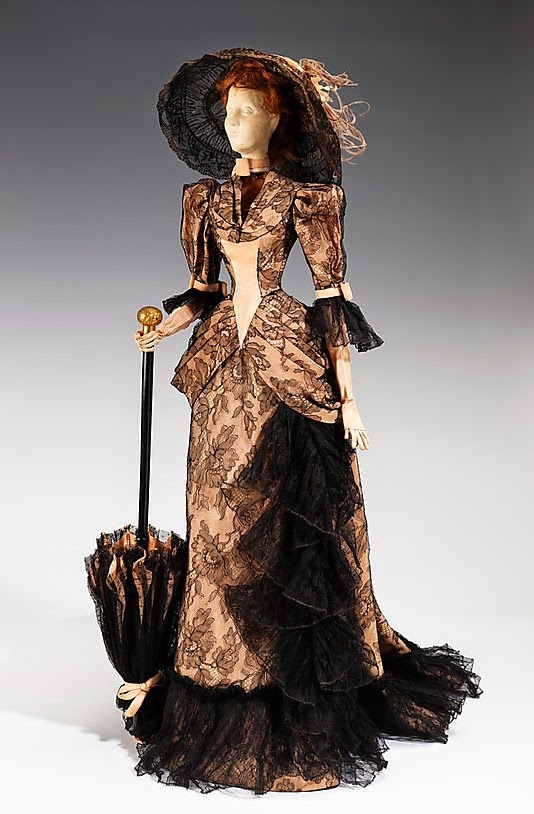 |
| "Editha Jackson" |
THE coming and going of Ann O'Delia Diss Debar are mysteries for there is no record of her birth and no trace of her death, but the "in between time" furnished Inaterial enough for an entire book rather than a single chapter, and gave her sufficient opportunity to have it said of her that she was "one of the most extraordinary fake mediums and mystery swindlers the world has ever known." Some even have classed her among the ten most prominent and dangerous female criminals of the world, and her repertoire is claimed to have run the full gamut from petty confidence games to elaborately con- trived schemes aimed at the magnates of Wall Street. - "A Magician Among the Spirits" by Harry Houdini
Like so many Victorian charlatans, few details are about this woman's life are for certain, least of all the things she said about herself. Her criminal record seems true enough, though she went by so many names it is difficult to be sure. In June 1888, she was sentenced to six months in prison for frauding an elderly lawyer out of his townhouse. She was imprisoned for two years in Illinois for another fraud. She got kicked out of New Orleans in May 1899, then went to jail again for another 30 days. In September 1901 in England, she and her husband were arrested and charged with obtaining property by false pretenses, rape and buggery. For this she went to jail until 1906.
At one point, she managed to convince the gullible
Samuel Liddell MacGregor Mathers that she was the Countess Anna Sprengel of Landsfelt, co-founder of
the Hermetic Order of the Golden Dawn.
She wished she was five years younger and born in Italy to King Ludwig I of Bavaria and his beautiful mistress, the dancer Lola Montez, and that her real parents were actually her foster parents. However, she was probably born in Harrodsburg, Kentucky (1849) to Prof. John C.F. Salomon, a Professor of Music at Greenville Female Institute also known as Daughters' College (now the Beaumont Inn).
 |
| "Edith Saloman" |
The professor called his daughter Ann O'Delia Salomon. She seems to have been married many times, and called herself: Princess Editha Lola Montez, Edith Solomon, Della Ann O'Sullivan, Ann O'Delia Diss Debar (or Dis De Bar), Vera Ava, Madame Messant or McGoon, Swami Laura Horos, and Swami Viva Ananda.
Whatever she was called, she spent some time in Africa, ran a fruitarian colony in Florida, and married Frank Dutton Jackson in Louisiana in 1899.
That's when she started calling herself Princess Editha Lolita. He must have been perfect for her. The newlyweds went to England, calling themselves "Swami Laura Horos" and "Theodore Horos". They established a "Purity League" at the Theocratic Unity Temple, near Regent's Park in London. They worked as fortune tellers and diviners, until they were arrested in Birkenhead in September 1901.
The charges were the result of their sexual practices at the Temple, and included obtaining property by false pretenses, rape and buggery. The couple defended themselves, but the Swami was sentenced to 7 years imprisonment, and her husband to 15 years. She was held in the prison in Aylesbury, and released on licence in July 1906.
In
Unsolved Mysteries: Vera Ava’s Final Days, Linda Vaccariello introduces her as a barefoot woman, who is soon arrested while seeking shelter. Vaccariello points out that this wild and dangerous woman's death was as mysterious as her birth. And really, who can lie about death?
She "vanished from history" after returning to the States in 1909, and was last seen, as Vera Ava, in Cincincinnati in 1909. Though she may not have been a genuine medium, using fake seances and mystic painting (is that like automatic writing?) to con people out of their money and property, she managed to pull off a disappearing act in the end.
Follow me on Twitter @TinyApplePress and like the Facebook
page for updates!















































































.jpg)










